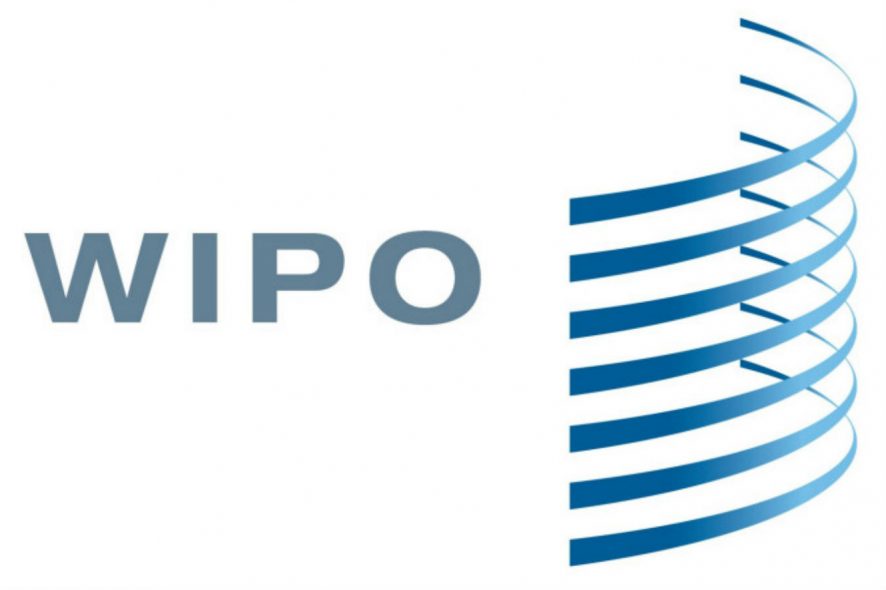The Republic of Korea is adopting WIPO’s ground-breaking “artificial intelligence”-based translation tool for patent documents, making it the first member state to use WIPO Translate in an important advancement for the use of machine learning in the technology-heavy patent sector.
WIPO Translate uses cutting-edge neural machine translation technology to render highly technical patent documents into a second language in a style that more closely mirrors common usage.
The technology takes into consideration the specific domain when translating a particular sentence thereby yielding more accurate translations. This is unique in the world of patent translations.
WIPO’s PATENTSCOPE database now fully integrates this new technology, making translations of patent documents retrieved through PATENTSCOPE more readily accessible.
Neural-Machine Translation Technology:
It is based on huge neural network models that “learn” from previously translated sentences. The specificity of neural machine translation (compared to previous “phrase-based” statistical methods) is that it produces more natural word order, with particular improvements seen in so-called distant language pairs, like, Korean-English, Japanese-English or Chinese-English.
[Source: WIPO]
Press Release
Geneva, May 24, 2018
PR/2018/818







